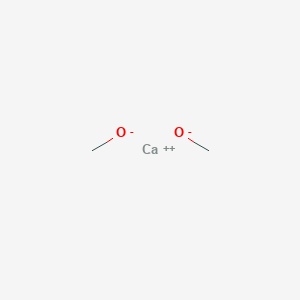At present, the breeding of laying ducks in China is still mainly in rural free-range farming. The feeding and management are not standardized and the production efficiency is low. There are many reasons that affect laying duck eggs, the author summarizes several common factors for farmers to reference.
Variety factors. The combined breeds have an annual production of about 150 eggs, and egg breeds have an annual production of 220 to 260 eggs, and more than 300 varieties are selected. Therefore, in order to obtain high yields, it is necessary to select fine varieties such as Shaoxing Duck and Jinding Duck.
envirnmental factor. Ducks are frightened by the decrease in egg production by 10% to 20%, sometimes producing soft shell eggs. Therefore, we must strengthen the feeding and management on weekdays to keep the environment quiet, and non-feeding personnel should not enter the home without permission. Special attention should be paid to preventing animals such as cats and dogs from intruding to avoid frightening the duck group.
Temperature can affect duck egg production, egg weight, shell thickness, and feed utilization. The optimum ambient temperature for laying ducks is 13°C to 20°C. The rearing density of laying ducks is generally 7 per square meter, and the ratio of male to female is 1:50 to 1:80.
During the production period, the light is about 18 square meters with 1 ç› 25 watt bulbs (usually not suitable for use with bulbs or fluorescent bulbs of more than 60 watts), with an average of 1.3 to 1.5 watts per square meter. The bulb height is about 2 meters above the ground, between the lamp and the lamp. The distances are the same and the heights are the same. The bulb must be covered so that the light shines on the duck. Light bulbs should be wiped regularly to prevent dusting and affecting brightness. Illumination time was gradually extended from 17 to 19 weeks of age, and reached 16 to 17 hours at 22 weeks of age. The extension of the illumination time was increased at the same time, ie, 15 to 20 minutes per day. The lighting effect generally takes 5 to 7 days to be displayed, so it is not possible to suddenly increase the lighting time or increase the light intensity during the laying period. During the production period, the light can only be gradually extended until 16-17 hours per day and night. It cannot be shortened. It must not be interrupted. It can only be suddenly and suddenly.
Seasonal factors. The spring climate is warmer and sunshine increases, which is extremely beneficial to egg production. At this point the feed should be sufficient, nutrition should be comprehensive, and always have enough clean drinking water; properly increase the activities of ducks outside the home, more exposure to sunlight, according to the weather conditions determine the time for the ducks into the water. In addition, the weather in the spring is changeable, so we should pay attention to keeping warm and keeping warm and doing a good job in sanitation.
Calcium Methoxide CAS No.2556-53-8
Calcium Methoxide Basic Information
CAS: 2556-53-8
MF: C2H6CaO2
MW: 102.15
EINECS: 219-873-6
Mol File: 2556-53-8.mol
Calcium Methoxide Chemical Properties
Melting point >385 °C(lit.)
form Powder
color off-white
Sensitive moisture sensitive
CAS DataBase Reference 2556-53-8(CAS DataBase Reference)
EPA Substance Registry System Methanol, calcium salt(2556-53-8)

Calcium Methoxide,Calcium Methoxide Solubility,Calcium Ethanoate Synthesis,Calcium Ethoxide Solubility,Calcium Ethoxide Synthesis
Shandong YingLang Chemical Co.,Ltd , https://www.sdylhgtrade.com